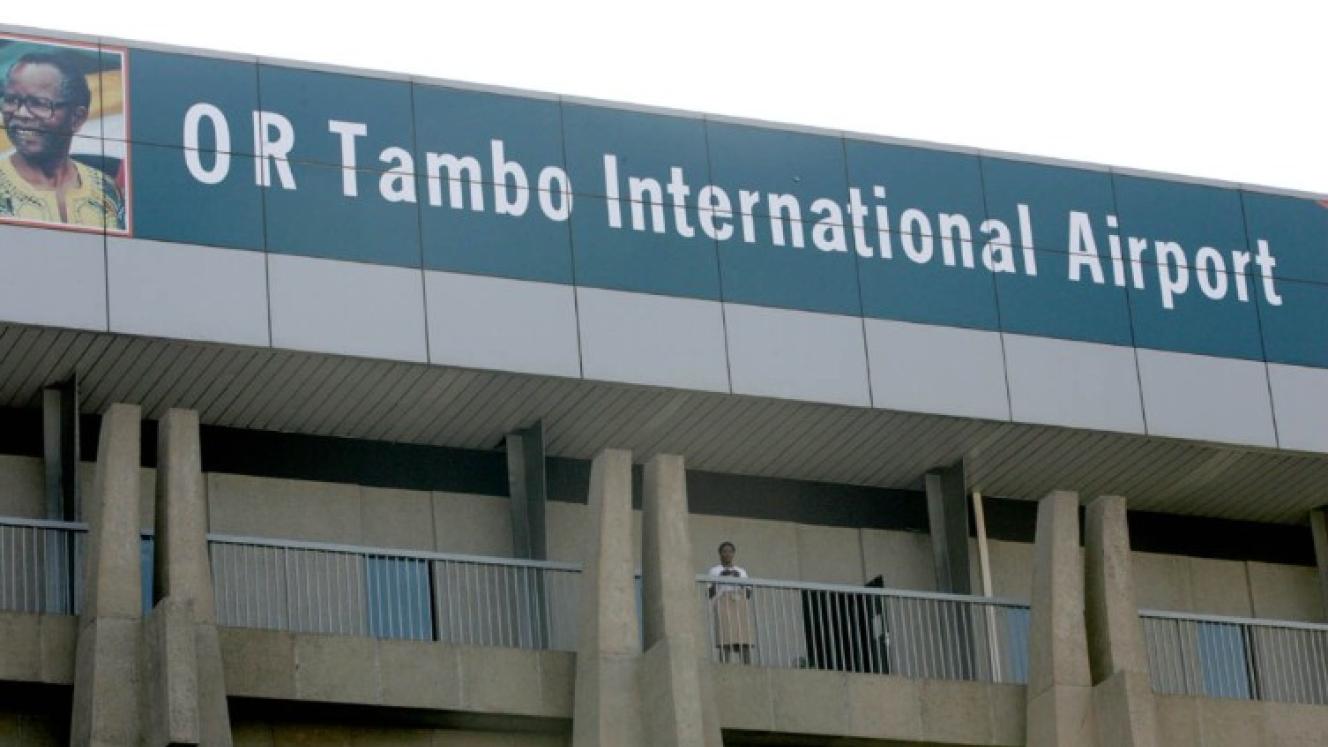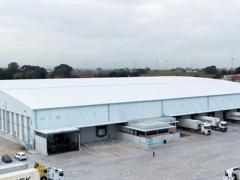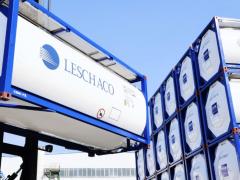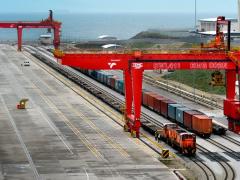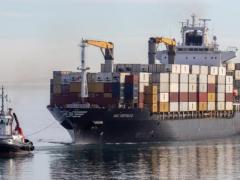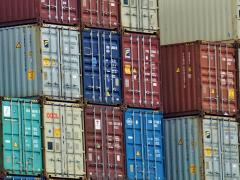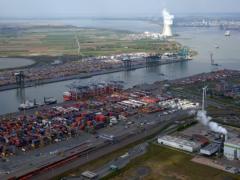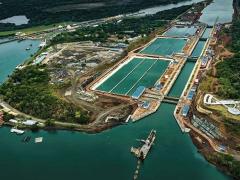For South Africa, this moment is defined as a time of urgency and opportunity. Beyond our national realities, global shifts in trade patterns and constantly evolving rules of commerce demand reform and renewal. For the logistics sector, it is not merely a time for reform but continuous rapid redesign. Continuous effort and investment must be sustained to repair the effects of past failures and weak governance. Encouragingly, we are seeing progress through the first phase of reform away from the fragmented, archaic system plagued by inefficiencies and information asymmetry. Yet, this marks only the beginning of South Africa’s economic reconstruction journey as we need to move to a transparent, data-driven and performance-based environment where infrastructure, policy and innovation converge. A growing spirit of public- private collaboration, guided by the principles of shared infrastructure responsibility, is creating a more efficient and enabling environment, driving reform across import and export trade and repositioning South Africa as a leader in continental and global supply chains. The next step is the redesign of a balanced, cohesive and strategically coordinated logistics network across all modalities. Such integration is fundamental to achieving sustainable growth and measurable, exponential economic impact, as the Public Private Partnership (PPP) programme by Transnet unfolds and develops. The current overreliance on road transport, driven by the inadequacy of rail, clearly demonstrates the need for this balance. Trade efficiency depends on removing friction in the supply chain, ensuring reliability and coordinating the modalities so that none dominates at the expense of the others. Each modality must play its rightful role in both the national and global trade equation. We have one crucial opportunity to put the fundamentals in place right now. Each transport modality – road, rail, sea and air – must fulfil its rightful place in South Africa’s freight network, determined by load, speed and distance. Efficiency arises when cargo flows through the most economically and environmentally suitable channels. Government’s Freight Logistics Roadmap is a sound first step, laying the foundation for the transformation that must follow. The next phase demands the introduction of the necessary white papers and policy frameworks to safeguard progress and secure optimal, sustainable outcomes to impact and secure targets for the medium- and long- term prospects. At this pivotal stage, the Southern African Association of Freight Forwarders (Saaff) represents its members at the core of the logistics sector – advocating with one voice. Saaff ’s active participation in Business Unity South Africa (Busa), B4SA, the Department of Transport, DTIC, Transnet, Sars, the National Logistics Crisis Committee, and other government agencies ensures that industry expertise remains central to shaping South Africa’s logistics future. Right mode for the right job Each transport modality – road, rail, sea and air – must fulfil its rightful place in South Africa’s freight network, determined by load, speed and distance. Efficiency arises when cargo flows through the most economically and environmentally suitable channels. The principle of “One Version of the Truth” Data integration and interoperability are essential. A unified logistics data ecosystem would allow government, industry and operators to work from a single, verified source – building accountability and improving decision-making. SA Inc: a shared national logistics vision South Africa must operate as an integrated system – SA Inc – where collaboration across public and private sectors aligns towards national competitiveness, not institutional silos. The reform journey – three pictures 1. Old picture: A fragmented, state-dominated system plagued by inefficiencies and information asymmetry. 2. Hybrid/journey picture: Transition phase where digital tools, private participation and fast-tracked policy reforms converge with legacy systems to shape the logistics network of tomorrow. 3. New picture: A reformed logistics network – transparent, data-driven and performance- based – where infrastructure, policy and innovation converge. AI, people and technology as enablers Artificial intelligence, digital twins and predictive analytics can transform logistics planning and operations – but people remain central to steering reform, ensuring ethics, inclusivity and sustainability. AI will not replace people. Instead, AI will redefine how we create value, make decisions and conduct business. Reform as transformation True reform will not be measured by policy announcements but by measurable improvements in reliability, cost and transit time – the foundations of logistics competitiveness.
